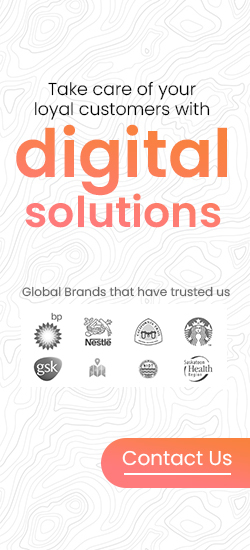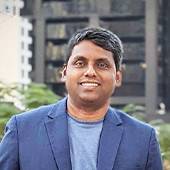Dharavi rebuild: Building digital ecosystems to boost socio-economic status of the region
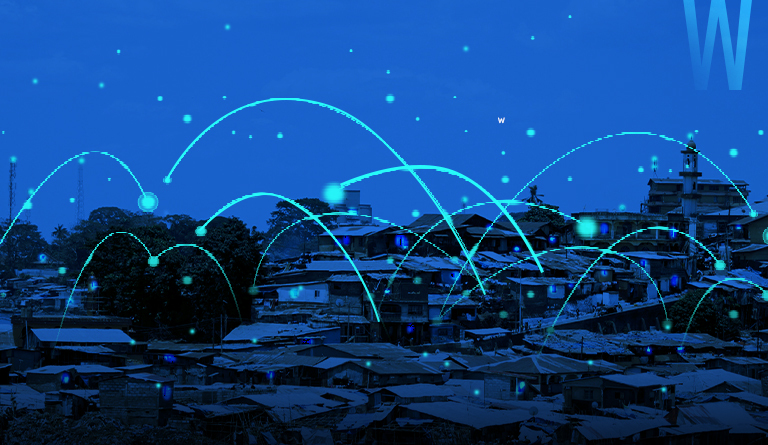
In Maharashtra, Mumbai is the economic hub of the country. The city has emerged as one of the most desirable in India, despite the traffic, overpopulation and the overwhelming existence of unapproved settlements. The city has seen an increase in informal settlements for years due to the arrival of waves of new immigrants. Mumbai is home to one of the world’s largest slums, Dharavi. It is a city within a city that is made up of an endless length of crowded huts, filthy alleyways, and open sewers. Although the government owns the land (535 acres), private citizens are responsible for maintaining the homes.
Residents, governments, and outside actors have attempted to implement various plans with little success over the years as state and local policy interventions have changed. In recent years, top-down interventions such as the conversion of informal settlements into tower complexes have been considered disrespectful to the residents. A fresh strategy was required, one that works from the ground up and gives locals the power to influence the future. In this essay, we will argue that Mumbai’s existing development plans do not reflect the needs of the informal community in official spaces and that a bottom-up approach will achieve this goal.
This article examines the concept of building digital ecosystems to boost the economy by utilising local informal labour in the Mumbai slum problems, a settlement well-known for its existing recycling business.
All you need to know about Dharavi
It is crucial for Mumbai to enhance the quality of life in Dharavi. Mumbai, India’s commercial capital, is a port city with a thriving industry in manufacturing and banking. Over 20 million people are said to live in Mumbai. The squatter colonies are the cause of this rise in population. One significant squatter community is Dharavi, which has one million residents. Dharavi is situated in a low-lying area that was formerly a landfill between two railroad tracks. Which areas are slums and which areas are not, are determined by a highway that separates the formal city from the informal city? People refer to areas with unregistered and illegal residents as slums.
Considered the second-largest slum in Asia, Dharavi has more than a million people squeezed into just 500 acres – 2.1 km – in the centre of Mumbai. Having a population density of about 277,136/km2, it is among the most densely populated cities on earth. Dharavi slum problems and solutions generate US $1 billion annually with 5000 firms and 15,000 one-room industries, which enables the majority of the workforce to earn significantly more than the nation’s minimum wage of 150 rupees per day. Generally speaking, skilled workers can earn up to 1500 rupees a day, and yet still have enough money to send home to relatives in Uttar Pradesh, Bihar, and Bengal. This enables people to legally reside in such regions by paying the necessary rent, utilities, and taxes.
In Dharavi, people work and live, but they also require better housing, infrastructure, and sanitation. You have a tendency to believe that because Dharavi has been neglected for so long, it still ranks among the largest informal urban settlements in the world. Every region of India saw job loss and unemployment as the COVID-19 pandemic spread. Things were different in Dharavi, a city with a billion-dollar economy. Due to the stigma associated with living in Dharavi, jobs were lost and unemployment occurred not only due to a lack of opportunities.
What are the current challenges facing Dharavi?
The high population density in Dharavi is one of its main problems. As more people move there in search of economic opportunity, they are settling further and further out from the slum’s centre. The newcomers settle down next to water pipes and unusable wastelands, and many of their improvised homes will be swept away during monsoon season. The population density has also raised concerns about Covid-19. Dharavi has become a virus hot spot due to the high density of workers living there in unhygienic conditions.
Furthermore, Dharavi’s living condition is rife with enormous environmental difficulties. They only have sporadic access to clean water for drinking. Residents of the slum must wait in line for a meagre supply of water because there are very few pipelines there and they only run for two hours a day. In addition, a study found that 77% of Dharavi households get contaminated water. Because of the high concentrations of dissolved solids, nitrates, arsenic, lead, and disease-causing bacteria in dirty water, many locals become sick from water-borne illnesses. In worst cases, they contract diseases like cholera, jaundice, typhoid, and diarrhoea, all of which can be fatal.
Residents of Dharavi are burdened by severe air pollution in addition to dealing with contaminated water. In Mumbai, heavy industry, traffic, and construction all contribute to the air’s dangerously high levels of nitrous oxide. Residents of Dharavi may develop bronchitis and asthma as a result of these oxides. The air quality in the Dharavi slum is also harmed by its small industries, including house tanneries, recycling facilities, pottery kilns, and plastic washing facilities. Additionally, illegal waste incineration emits heavy emissions of poisonous smoke. Since Covid-19 affected the respiratory system, Dharavi’s residents were therefore even more susceptible to severe symptoms as a result of having their lungs exposed to polluted air on a regular basis.
In addition, there is roughly one shared toilet for every 1440 people, so many locals turn to the river as an alternative. Children play in open sewers. The annual monsoons bring seasonal diseases to Dharavi, which to add to the mix, has subpar drainage systems. Overall, Dharavi’s hygienic and health conditions are dangerous. As a result, Dharavi has a 7-year lower life expectancy than the average for all of India, there are 4000 cases of various diseases reported daily, including diarrhoea, malaria, and tuberculosis, and the hospitals see 3000 patients per day, many of whom are children.
While Dharavi is a thriving neighbourhood of retailers, producers, and artisans, there are numerous environmental and health issues that the spread of Covid-19 has only served to exacerbate.
The slum was impacted by the coronavirus pandemic, which had struck havoc in more than 200 nations, including India. By April 20, 2020, 138 persons had tested positive for the virus, and 11 had passed away.
How did the Dharavi slum come to be?
In 1884, the Dharavi slum was created. When the area was still made up of creeks and wetlands, fishermen were the ones who first used it. When the swamp started to fill in as a result of natural and man-made factors, it became appealing to migrant workers from South Mumbai and others. As poor rural Indians moved to urban Mumbai, the area grew. Out of the million and more people living in Dharavi, many are second-generation residents, having migrated here after their parents did.
Development plans for Dharavi
Plans for the redevelopment of Dharavi have been released on occasion since 1950. However, the lack of financial and/or political support led to the failure of the majority of these proposals. The government suggested converting the slum into a contemporary community with decent housing, commercial centres, medical facilities, and educational facilities. The project is anticipated to cost $2.1 billion.
Living conditions of those in the slum
Numerous epidemics and other catastrophes have affected Dharavi, notably the devastating plague that killed more than half of Mumbai’s population in 1896. The slum, like many others, lacks basic infrastructure including roads, sewers, safe drinking water, and sanitary facilities.
Dharavi travel
Tourists come to Dharavi to get a glimpse of what it’s like to live in an Indian slum. To show off the thriving commercial district that the slum has developed into over the past few years, tourists are led on tours through its tiny alleyways.
The circular economy of Dharavi
In Dharavi, nothing is wasted. Plastics, auto batteries, computer components, fluorescent lighting, ballpoint pens, paper, cardboard boxes, wire hangers, and any other kind of scrap are all acceptable materials. Its recycling and reuse of waste, fuels its economy.
The second-most polluted nation in the world is thought to be India. 9,400 tonnes of waste are produced daily in Mumbai alone. Dharavi alone employs 250,000 people to recycle and sort waste from Mumbai in its 15,000 factories. Without Dharavi, Mumbai would suffocate in its mountain of trash, where 80% of the city’s solid waste is recycled and given new life.
Plan for the Dharavi redevelopment project
The Maharashtra Slum Rehabilitation Authority (SRA) was established in 1995 with the goal of making the state slum-free. However, 2,067 rehabilitation projects involving 223,000-odd families were completed between 1995 and August 2021. To put this in context, Dharavi alone was estimated to house over 58,000 commercial and family units a decade and a half ago, the number has undoubtedly increased since then. The state attempted to find a developer for Dharavi in 2008 and again in 2016, but there was no interest. The 2019 tender announcement attracted two parties, but it was cancelled. A new tender attracted eight companies that expressed interest, but only three submitted bids.
In a bid worth Rs 5,069 crore, Adani Group came out on top for the Dharavi redevelopment project to redevelop the largest slum in Mumbai.
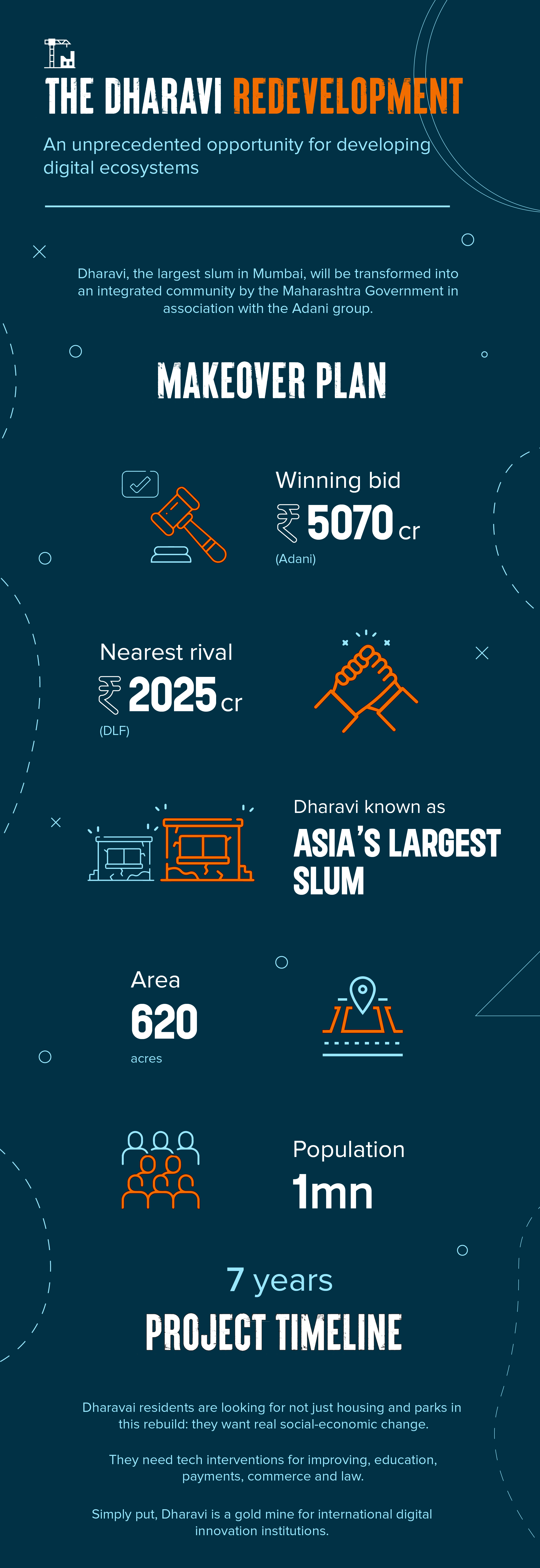
What is the significance of the project?
There are 300 hectares of land in the Dharavi slum cluster, of which 240 have been designated for the project by the state government. Tens of thousands of small businesses, ranging from pottery to leatherwork, are also located there alongside the estimated 56,000 residents. Living conditions are poor due to the density and lack of basic amenities. During Covid-19, Dharavi became a transmission hotspot.
The project is expected to boost the real estate market in addition to providing rehabilitation benefits. Dharavi has enormous untapped economic potential due to its proximity to BKC’s financial centre.
Elements of a digital ecosystem
The Dharavi rebuild project needs to be taking advantage of technology to redefine how individuals and businesses in the area can improve and break out of the socioeconomic cocoon that they are caught in now. Although the revenue generated by the microindustries of the slum is arguably competitive with the rest of the city, a majority of the residents in the area are in the organized and unorganized waste management sector – forcing them to lead a scavenger’s life. Education and opportunities for growth outside of this ecosystem are meagre due to the social stigma against the residents of Dharavi.
Digital Technology can be a godsend, alleviating underlying mitigators of development and growth of the region and its community of labourers and rag pickers. This offers an unprecedented opportunity for Digital Transformation companies in India to ideate innovative new solutions that can add immense value to the redevelopment of the area.
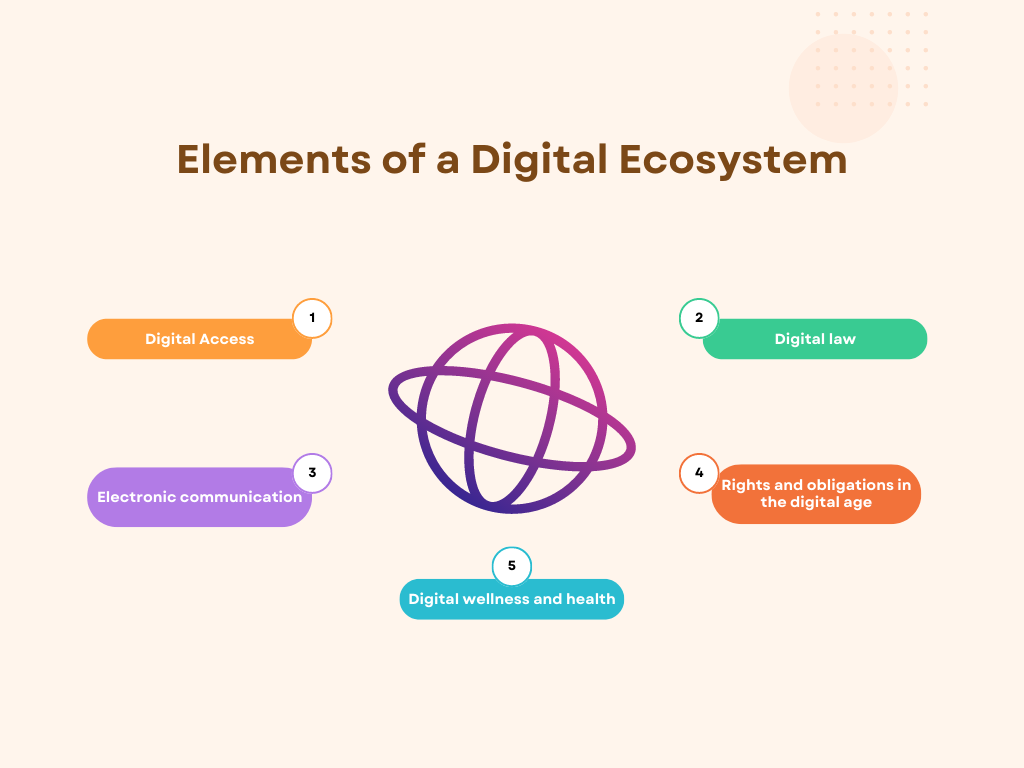
Digital Access
In Dharavi, not everyone has access to technology even though we live in a digital age. You should be aware of this digital divide. For example, in education, internet access, computers, and smartphones are not available to all students in Dharavi. For each student’s needs, educators must offer appropriate alternatives for their studies.
Electronic communication
Online communication is a vital element – the area houses more than a million people and is a microcosm of Mumbai, and presents a slew of communication challenges. For instance, personal levels of the communication might be non-existent in some cases and minimal in others. Solutions to simplify communication across the delicate ecosystem is necessary for growth at scale.
Digital law
In Dharavi, both positive and negative interactions are possible in the online environment. Digital law governs the use of technology and its legal rights and limitations. Regardless of the severity of the crime, residents need to know how the law applies to them specifically.
Rights and obligations in the digital age
Users have rights and obligations in the online world, which is governed by rules. Using the Internet for harmful purposes, such as cyberbullying, is a serious matter, and there needs to be watchdogs to mitigate the effects of such crimes in a digitally nascent society like Dharavi.
Digital wellness and health
In Dharavi, residents should be taught how to protect themselves from harm and to seek assistance when needed. Solutions to promote cleanliness and general hygiene, sanitation and potable water, are a dire need in society.
Conclusion
In Dharavi, illegal residents and businesses live in diverse, tenacious communities; up until now, they have shown perseverance to survive. Locals from Dharavi have helped Mumbai thrive by supplying low-cost labour and merchandise. Construction workers, domestic helpers, rag pickers, fruit vendors, etc., are among the vocations that are still prevalent in the slums of Mumbai.
Globally, the number of people living in urban slums is expected to increase in the coming decades as rural-to-urban migration continues. The development program includes the redevelopment of slums and non-slums, as well as buildings and shawls. Depending on the success of the Dharavi redevelopment plan, other urban slums in India and around the world may be developed similarly.
Way2Smile solutions is a leading Digital Transformation company based out of Chennai, India, with over 20 years of experience specializing in tech-based solutions including innovation for digital ecosystems and smart cities.
